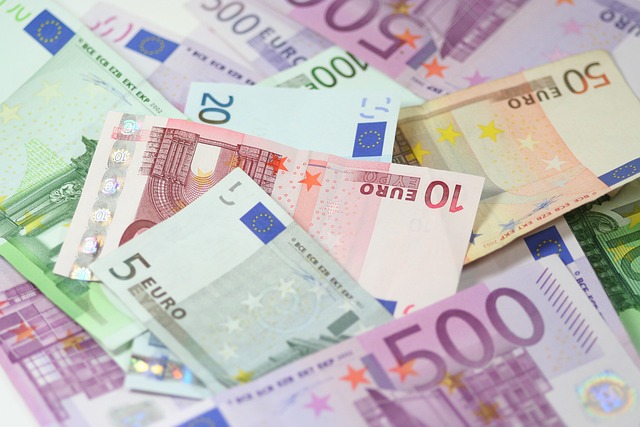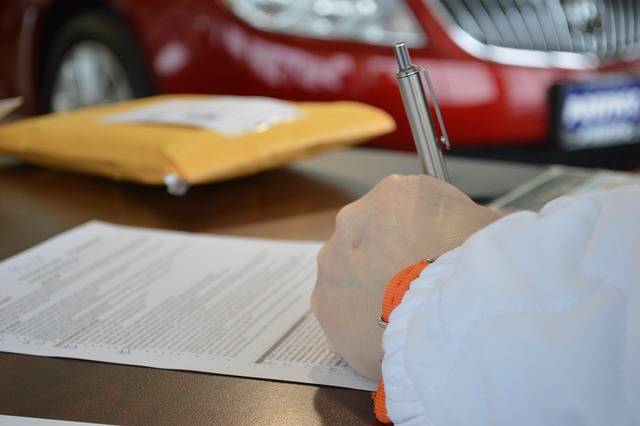Introduction
The Korea Exchange (KRX) recently implemented a sidecar mechanism on the KOSPI market, temporarily halting programmatic sell orders. This intervention was triggered by a significant drop in KOSPI 200 futures, marking the first use of the sidecar this year and the first since March 23, 2020. This article explores the reasons behind the sidecar activation, its implications for the market, and the broader context of such mechanisms in stock exchanges.
What is a Sidecar?
A sidecar is a market intervention tool used to prevent excessive volatility in stock markets. It temporarily halts programmatic trading, particularly buy or sell orders, for a short period, usually five minutes. This pause allows the market to absorb and respond to sudden price movements, thereby mitigating panic and stabilizing the market.
In the case of the KOSPI, the sidecar is triggered when the KOSPI 200 futures price moves by more than 5% from the previous day’s closing price and maintains that movement for one minute. When this condition is met, programmatic trading is paused to prevent further volatility and give traders time to reassess their positions【33†source】 .

Triggering the Sidecar: The Recent Incident
On August 5, 2024, the KRX activated the sidecar mechanism at 11:00 AM after the KOSPI 200 futures dropped by 5.08% within one minute. This sharp decline from the previous close of 366.70 points to 348.05 points necessitated a temporary halt to programmatic sell orders, stabilizing the market by pausing automated trading systems.
During this period, the total programmatic sell orders amounted to 4,979 billion KRW. The intervention helped calm the market, as evidenced by the subsequent stabilization of the KOSPI index, which recorded a decrease of 27.11 points (4.75%) to 2,549.08 points by 11:29 AM, showing signs of recovery from the initial panic【33†source】.
The Role of Programmatic Trading
Programmatic trading, or algorithmic trading, involves using computer algorithms to execute trades based on predefined criteria. While this method increases market efficiency and liquidity, it can also amplify market volatility during periods of significant price movements. The sidecar mechanism serves as a check against such scenarios, ensuring that human judgment can intervene when automated systems might exacerbate market fluctuations【33†source】 .
Historical Context and Effectiveness
The use of sidecars is not unique to South Korea; similar mechanisms exist in other major stock exchanges worldwide. For instance, the New York Stock Exchange (NYSE) employs circuit breakers that pause trading when the market experiences significant declines. These mechanisms are essential in maintaining market integrity and investor confidence during turbulent times.
In South Korea, the sidecar mechanism has proven effective in past instances, including during the COVID-19 pandemic in March 2020. By temporarily halting programmatic trades, the KRX has successfully managed to prevent excessive volatility and provide a buffer for market participants to make more informed decisions .
Implications for Investors
For investors, understanding the sidecar mechanism is crucial for navigating periods of high market volatility. Here are some key takeaways:
- Risk Management: Investors should be aware that mechanisms like sidecars are in place to protect the market. This knowledge can help reduce panic during sudden market drops and encourage more measured responses.
- Market Stability: The activation of sidecars can provide a moment of stability in volatile markets, allowing investors to reassess their strategies and make more informed decisions.
- Long-term Perspective: While short-term volatility can be alarming, long-term investors should focus on their overall investment strategy rather than react impulsively to temporary market disruptions.
Future Outlook
The recent activation of the sidecar mechanism on the KOSPI highlights the importance of regulatory measures in maintaining market stability. As global markets continue to experience fluctuations due to various economic and geopolitical factors, the role of such mechanisms will likely remain critical.
Investors should stay informed about these tools and how they function to better navigate the complexities of modern financial markets. Additionally, ongoing education about market mechanisms can help build resilience against market volatility, ultimately contributing to more robust investment strategies.

Conclusion
The sidecar mechanism on the KOSPI is a vital tool in managing market volatility and ensuring orderly trading. Its recent activation underscores the challenges faced by global markets and the need for effective regulatory interventions. By understanding and leveraging these mechanisms, investors can better navigate periods of uncertainty and maintain confidence in their investment decisions.
Focus Keyphrase
- KOSPI sidecar mechanism
Social Media Markup
- Twitter:
- Text: “KOSPI activates sidecar mechanism amid sharp market decline. Learn how this tool helps stabilize the market and what it means for investors. #KOSPI #MarketStability #Investing”
- Link: Read More
- Facebook:
- Text: “Understanding the KOSPI’s sidecar mechanism: As markets face volatility, discover how this tool prevents excessive declines and stabilizes trading. #StockMarket #KOSPI #Finance”
- Link: Read More
- LinkedIn:
- Text: “Explore the recent activation of the KOSPI sidecar mechanism: Learn about its impact on market stability and what it means for global investors.”
- Link: Read More






